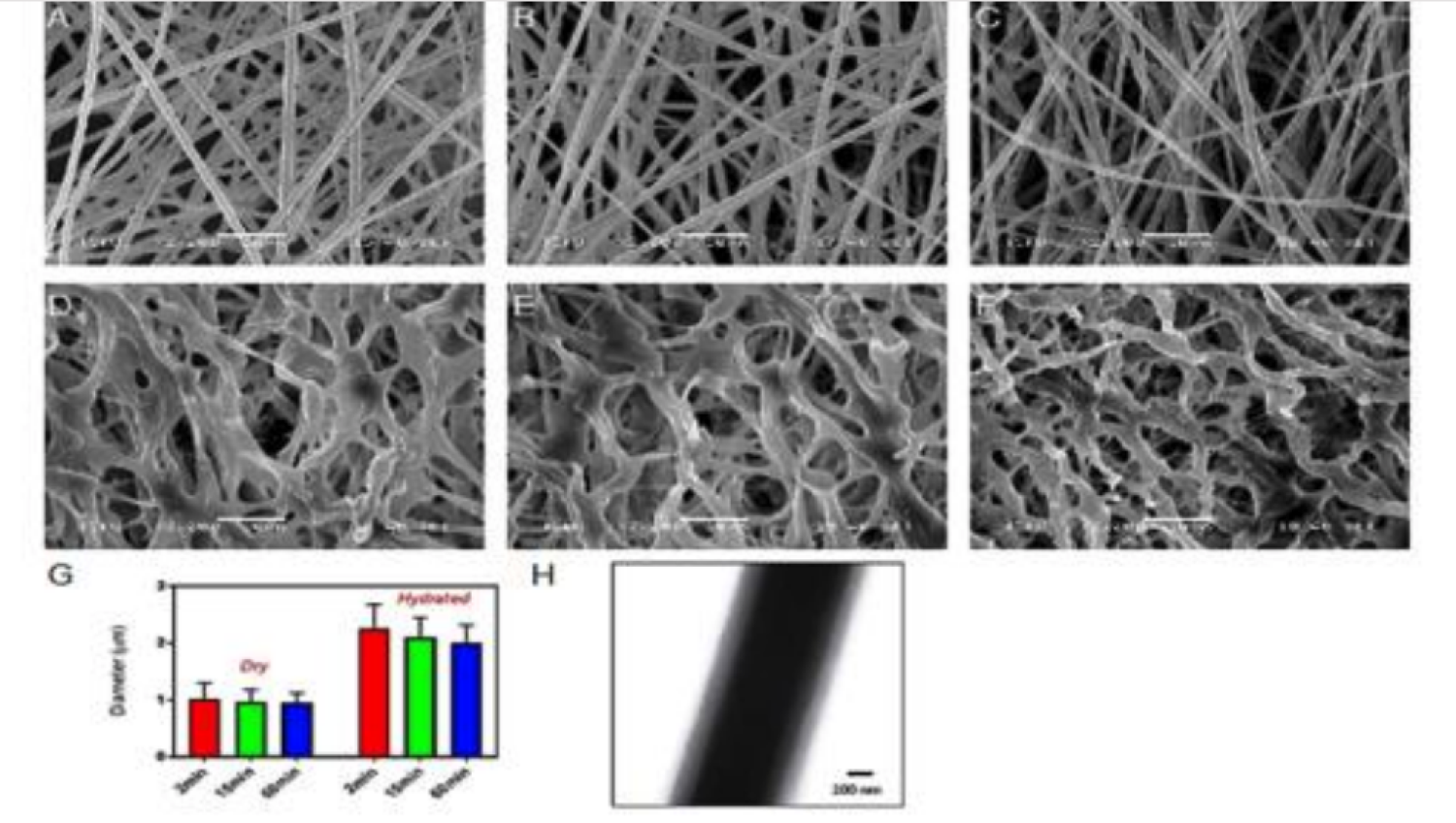Pro-Healing, Pro-Regenerative Nanofibrous Coating for Vascular Stents

Background
Cardiovascular disease has been the leading cause of death worldwide. Among cardiovascular diseases, atherosclerosis, the narrowing of the vessel lumen due to fatty plaque buildup inside arteries, is the most common disease condition. To treat such cardiovascular condition, the stenting method is often used, and it has undergone significant advancement over the past few decades. However, the artery stent, such as coronary stent implanted through percutaneous coronary intervention, is associated with two major complications: (a) in-stent thrombosis which leads to thrombotic occlusion, and (b) in-stent restenosis which decreases arterial lumen space due to neointimal proliferation. Thrombosis results from the accumulation of blood components such as platelets, whereas restenosis results mainly from abnormal overgrowth of smooth muscle cells (SMCs) around stent struts. Identifying key factors that inhibit platelet adhesion and SMC growth is critical for the improvement of artery stents and other cardiovascular implants.
Technology
Developed by Dr. Wei Tan, associate professor of mechanical engineering, the main focus is on controlling the elasticity, composition, and structure of fibrous matrix interacting with blood stream to inhibit in-stent thrombosis and in-stent restenosis. The technology of this fabricated nanostructured is a coating with the smart selection of polymers as core and sheath, coming up with the engineered nanostructured coating which is controllable in nanoscale for each fabricated fiber.
Advantages
The advantage of this technology is that it has controllable properties based on fabrication and material selection at nanoscale for each single fiber, tunablemechanical properties such as stiffness which is one of the environmental factorson cell behavior. This study has attempted to electrospin two physically andmechanically different materials into nanofibers composed of low fouling, nonimmunogenic sheathing with various core polymers alternatives as coating overstent material. These hybrid fibers, as a coating material, might hold potentials fora variety of vascular implant applications.
Applications
Researchers CU Boulder believe the combination of fabrication technique and smart material choice is a pathway to control in-stent thrombosis and in-stent restenosis, modulating the activity of platelets and SMCs by designing fiber coating around stent with anticoagulant and anti-proliferative properties.
What's Next?
This technology is looking for exclusive and non-exclusive licensing.
Nicole Forsberg: nicole.forsberg@colorado.edu
The Newsroom
For marketing and communication inquiries or news tips, contact Daniel Leonard, senior marketing and communications specialist for Venture Partners at CU Boulder.
For media inquiries, please visit colorado.edu/news/formedia.


